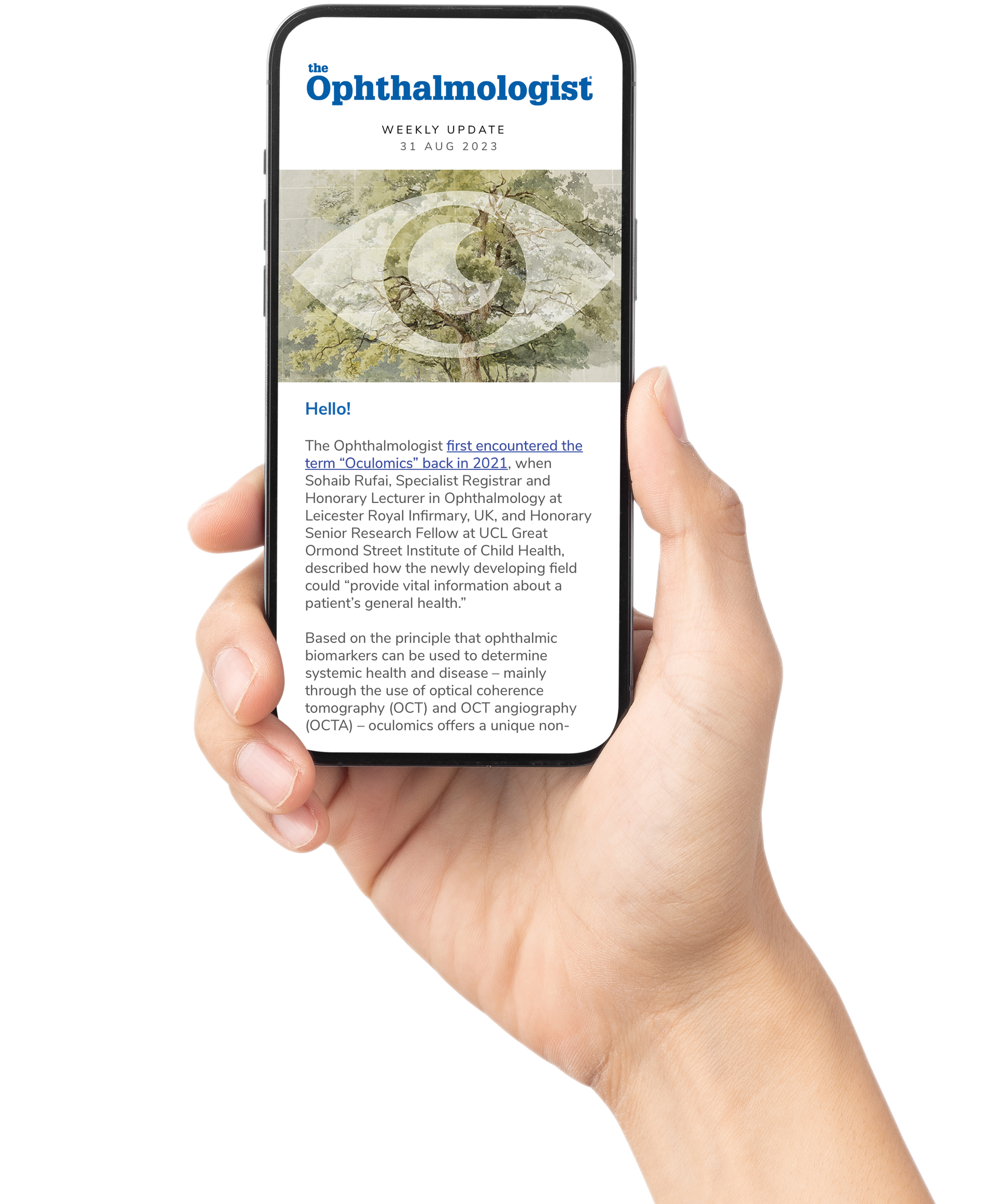Specially formulated eye drops containing pilocarpine and diclofenac – a non-steroidal anti-inflammatory drug (NSAID) – could reduce dependence on reading glasses for patients with presbyopia, according to new data presented at the 43rd Congress of the European Society of Cataract and Refractive Surgeons (ESCRS), Copenhagen, Denmark.
A retrospective, single-centre study from the Center for Advanced Research for Presbyopia in Buenos Aires evaluated 766 patients aged around 55 years, divided into three groups receiving different concentrations of pilocarpine (1%, 2%, or 3%), each combined with a fixed dose of diclofenac. Patients self-administered the drops twice daily, with an optional third dose.
On average, patients gained 3.45 Jaeger lines of near visual acuity within one hour of receiving the drops. Improvements persisted over long-term follow-up, and at 12 months, 83% of patients maintained good functional near vision without glasses.
Results varied by concentration:
1% group: 99% of 148 patients gained ≥2 Jaeger lines.
2% group: 69% of 248 patients gained ≥3 Jaeger lines.
3% group: 84% of 370 patients gained ≥3 Jaeger lines.
Importantly, functional vision improved across all distances, and no cases of retinal detachment or elevated intraocular pressure were observed.
Adverse events were generally mild, including transient dim vision (32%), application irritation (3.7%), and headache (3.8%), and no patients discontinued treatment.
Lead investigator of the study and director of the Center for Advanced Research for Presbyopia, Giovanna Benozzi, notes that the results “suggest this combination therapy offers a safe, effective, and well-tolerated alternative to traditional presbyopia management.”
“This treatment is not intended to replace surgical interventions, but rather to serve as a valuable solution for patients who need safe, effective, and personalised alternatives and seek freedom from the inconvenience of eyewear,” Benozzi adds. “Eye care professionals now have an evidence-based pharmacological option that expands the spectrum of presbyopia care beyond glasses and surgery.”
However, President-Elect of ESCRS, Burkhard Dick, urges caution: “The single-centre retrospective study by Dr Benozzi suggests that eye drops containing pilocarpine and diclofenac may improve near vision for up to two years, but the limited design means the results may not apply to everyone. Long-term pilocarpine use can sometimes cause side effects… while prolonged topical NSAID use may pose corneal risks. Broader, long-term, multi-centre studies are needed to confirm safety and effectiveness before this treatment can be widely recommended.”
Source: ESCRS.
